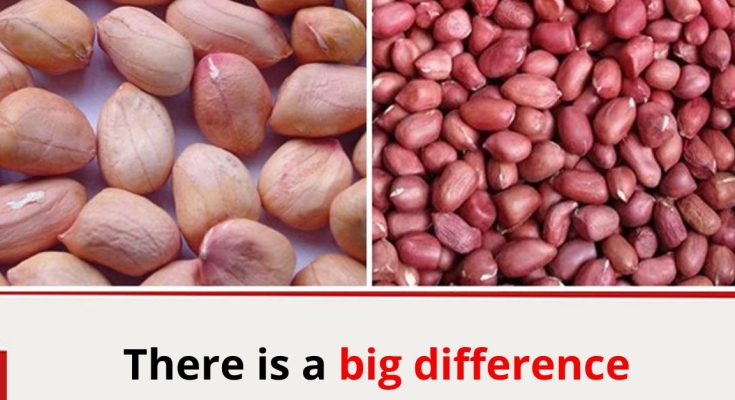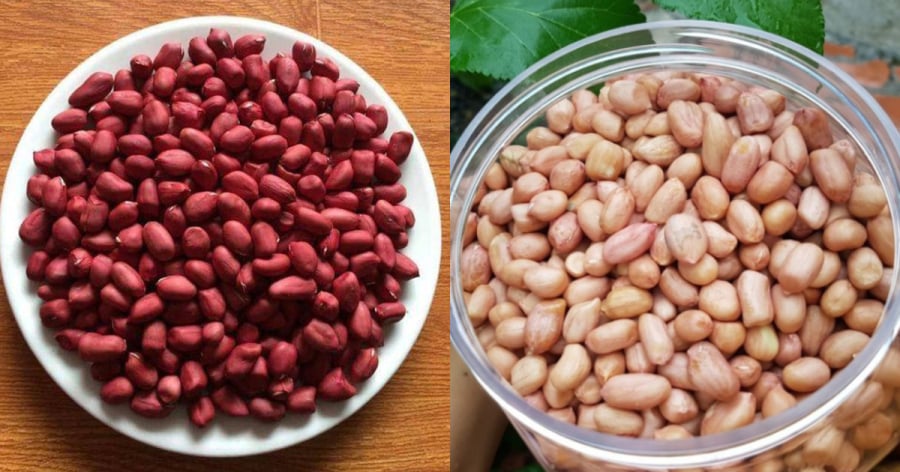
Peanuts, also known as groundnuts, are rich in vitamins and nutrients, often hailed as a “longevity nut” that is highly beneficial for health. In traditional Chinese medicine, peanuts are praised for regulating digestion, enriching blood, and effectively stopping bleeding.
Today, the two most popular types are red-skinned and white-skinned peanuts. Many believe that because they are both peanuts, they have the same taste and nutritional value, but in reality, they differ significantly.
1. Flavor Differences
Red-skinned peanuts have a naturally sweet taste, especially when freshly harvested, making them ideal for nut milk, soups, and more. Red-skinned peanuts are also known to enhance energy and enrich blood, making them suitable for raw consumption.
On the other hand, white-skinned peanuts have a crunchy texture and are commonly used for frying or in various snacks. They have a higher oil content, making them a popular choice for peanut oil or peanut butter. Additionally, white-skinned peanuts are lower in calories, making them suitable for those aiming to lose weight.
2. Nutritional Differences
Now that you understand the differences between these two types, it’s also essential to know how to select high-quality peanuts. Remember, size doesn’t guarantee quality, so keep these points in mind when buying:



 King Charles Admitted To The Hospital Due To His Ongoing Cancer Battle – UPDATE
King Charles Admitted To The Hospital Due To His Ongoing Cancer Battle – UPDATE 

 Trump Confirms The End Of Billionaire Elon Musk In The Us Government
Trump Confirms The End Of Billionaire Elon Musk In The Us Government